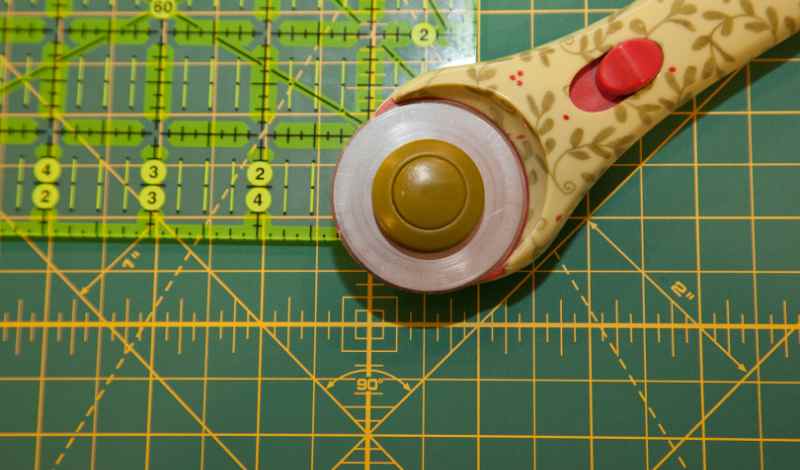Sewing is a skill that not many people know, but it can be learned and practiced with the right materials. Rounded corners are often used in home decorating for pillows because they give an elegant look, but they also help keep the pillow from slipping off of furniture or getting caught in other objects. In this blog post, I will go over what you need to sew round corners your own cushions and provide some tips for sewing them correctly.

Gather your supplies:
- Fabric (for the outside and inside of your cushion)
- Scissors
- A measuring tape or ruler (to measure fabric pieces)
- Pins
- Straight pins (for piecing corners together)
- Walking foot sewing machine – A walking foot is a tool that allows your fabric to remain flat and not shift while you are sewing. It’s the key to making that corner look super nice!
Note: A basic sewing machine is capable of making cushions.
Steps:
Follow this tutorial to make the outside corner piece of your cushion. Use these hints for sewing rounded corners :
- First, Cut the fabric with scissors to size (the measurements provided in the pattern piece) and then fold it in half so that it forms a 90-degree angle (diagonally).

- Next, pin the fabric to one of your pattern pieces. Pin cushion is perfect for this because the pins are hidden inside and can’t fall out. Start sewing at the corner and stop at your marked line or at the point where your other edge of the fabric will be. Leave a few inches open to attach another piece of fabric.

- Next, place your second pattern piece on top of the first and pin so that they are lined up. Sew all around the edges of these two pieces, leaving an opening to flip it right side out.
- Use a rotary cutter to cut off excess fabric from corners. Use an old toothbrush to brush excess lint from your corners when you finish sewing them.

- After you finish sewing, flip it right side out. You will get a nice, clean round edge on the outside of your cushion.
Why Does My Fabric Keep Moving When I’m Sewing It?
To make sure that you get clean, straight edges on your corners and seams, use a walking foot for your sewing machine. It gives you the ability to maintain an even distance between the bottom and top layers of fabric and eliminate pesky needle holes in your fabric.
Why Does My Pillow Feel Lumpy?
This means that there are too many layers of fabric between your needle and the walking foot. This will make your seams lumpy and uneven which you definitely don’t want! To avoid this, be sure to use a walking foot when going over layers of fabric, or decrease the number of layers in each corner piece by using smaller pieces of fabric.
What Do I Need To Know About Top-Stitching Around My Corner?
To make sure that your cushion looks perfect, topstitch around the outside of your pillow. To make it even easier to complete, make several small marks on the fabric every few inches to tell you how far to go with each pass. This will help you avoid over or understitching and keep your corners even.
How Do I Sew A Boxed Corner?
To have a boxed corner on your cushion, use the same steps as above. Just remember that you will need to have 2 layers of fabrics for your corners instead of 1. For example, if you are working on the cushion with an 18″ corner piece, you’ll cut out 2 pieces that are 18″ by 4″ (the length of the cushion side).
Can I Sew A Corner Without A Rounded Point?
Yes! If you look at your pattern piece, you’ll see that there are many possible corners. You can use a square or pointed corner if you cut out multiple pieces of fabric. Take the measurements for your cushion, and decide what type of corner you want. You can use this tutorial to sew the outside pieces of your cushion and then add an extra few inches for the inside pieces if you are making a point.
Read more: How to sew cushion covers with zippers
In Conclusion…
Is sewing a rounded corner easy? Not always. But it’s not as hard as you might think, and once you get the hang of it, it will be easier and faster for your next cushion! Follow the instruction, as discussed above, and soon you will be making cushions like a pro!


